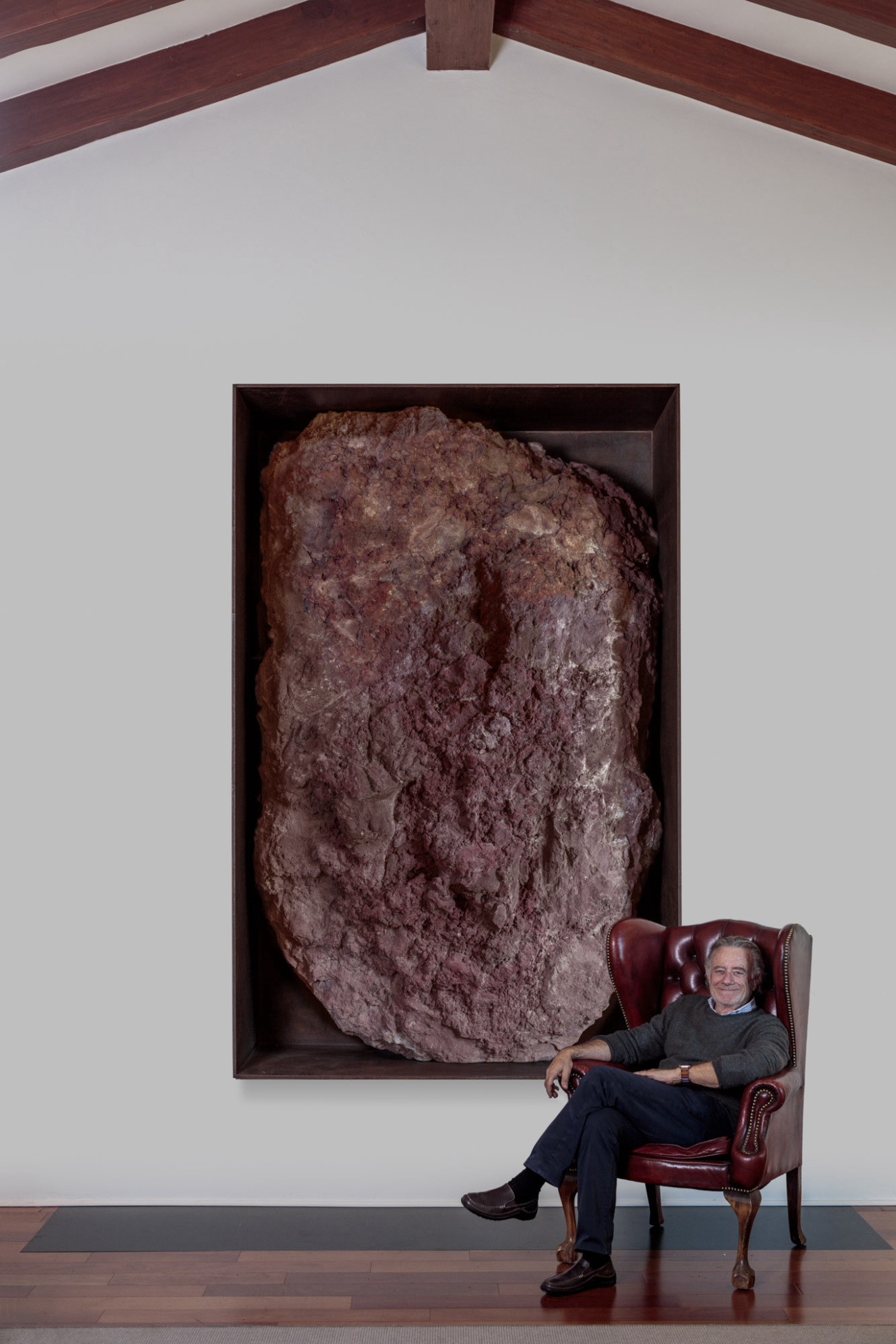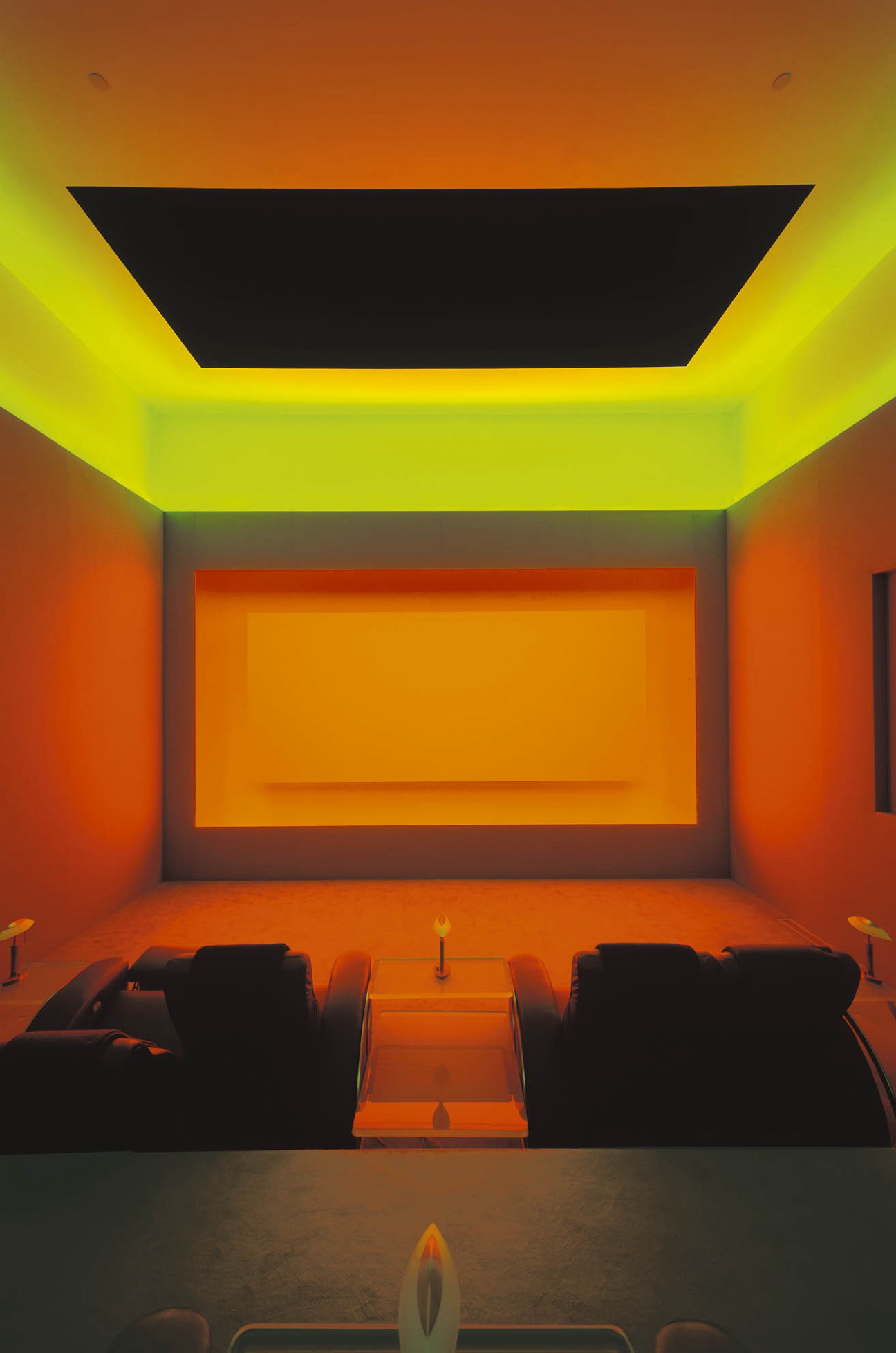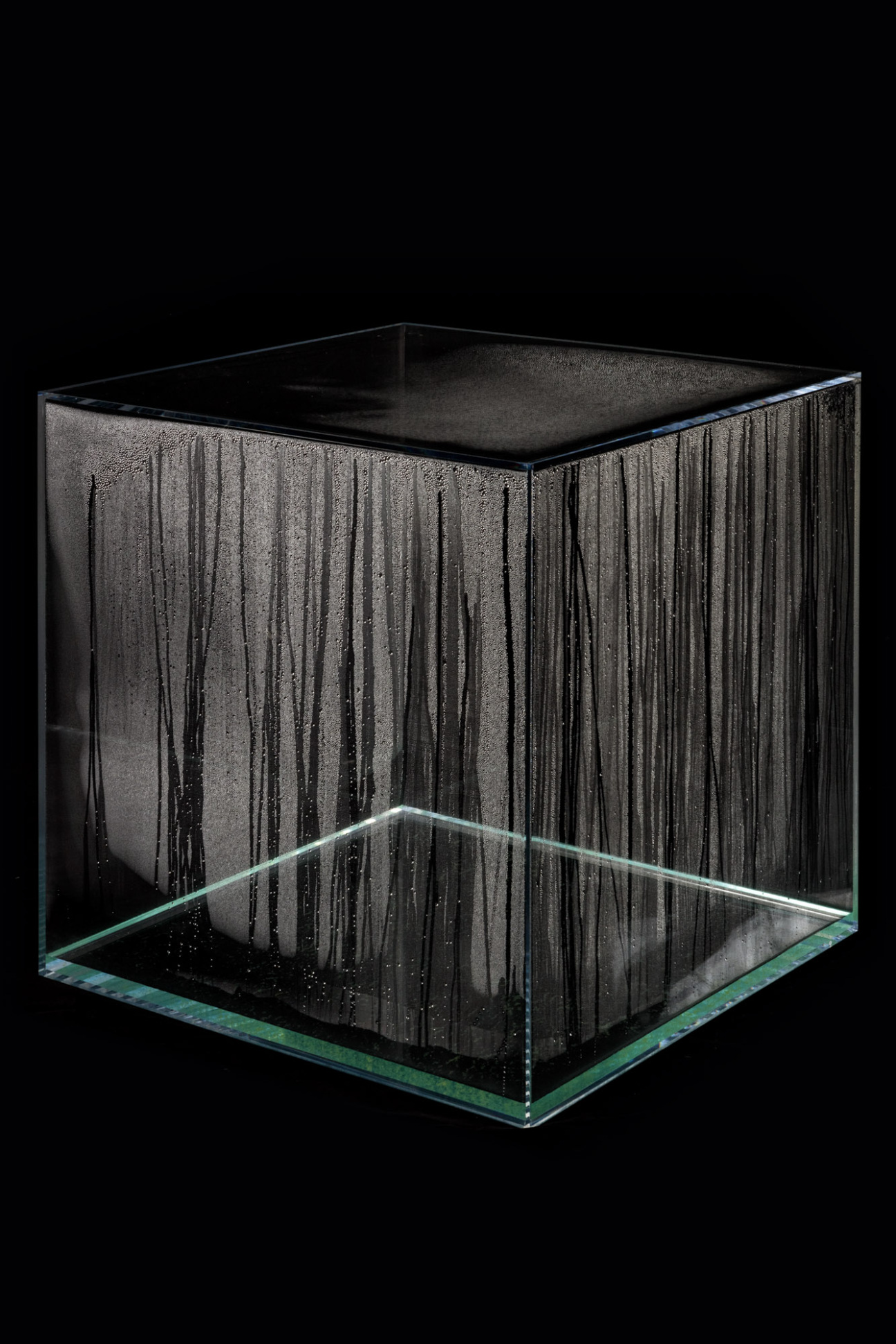
Jarl Mohn didn't balk at the total removal of a wall of his home in order to install a four-ton Michael Heizer sculpture. It might come as a surprise then, that his impressive collection began on rather inauspicious terms. He was weary at the prospect of even stepping foot in the fine art world, and it took much cajoling from his wife, Pamela, to begin. "I was completely against it saying, 'The entire art world is designed to take advantage of idiots like us!' One thing led to another, and soon we were collecting," he remembers.
Mohn hails from the occasionally cross-pollinating but distinct realm of media, where few hands have made a bigger impression on its current landscape than his. MTV likely would not have survived the turn of the century sans his savviness. In 2014, NPR seemed headed for the gallows in similar fashion until he stepped in as CEO and over the next five years guided the rudder toward unprecedented growth in ratings and revenue.
After such a career, one might expect Mohn, now President Emeritus of NPR, to make a gilded jaunt toward rest. But with him, there is always another venture. In the decades since being struck by fine art’s arrow in the early '90s, the Mohns have established themselves as Los Angeles Medicis, pledging generous support to the city’s art strongholds—LACMA, the Museum of Contemporary Art, and the Hammer Museum, whose “Made in L.A.” biennial features the Mohn Prize, an award of $100,000 to one of the show’s up-and-coming LA-based artists. London’s Serpentine Galleries counts them among its biggest supporters.
The Mohns's preference for Minimalist, Land, and Light/Space/Surface works has informed two personal collections—one based in LA, the other in New York—which feature the likes of Donald Judd, Dan Flavin, Anne Truitt, Carmen Herrera, and Robert Irwin alongside contemporary players like Lauren Halsey, Kandis Williams, Arthur Jafa, and many more.
Below, Mohn details the Heizer installation, shares how he amassed a one-of-a-kind array of NPR mugs, and discusses why maintaining an organizing principle is key to a meaningful collection.

Where does the story of your personal collection begin?
My collecting began around 30 years ago when Pamela, my wife, suggested we needed to buy art for our empty walls. I was completely against it saying, "The entire art world is designed to take advantage of idiots like us!" One thing led to another, and soon we were collecting. A good friend of mine and former colleague at MTV, Mark Rosenthal, took me gallery-hopping in New York. I ended up buying three Larry Clark photographs from the "Tulsa" series. They were shocking and dark. That's how it all started.
The first eight years were totally haphazard: a bit of this, a bit of that. Everything I read said ultimately I would need to pick a thread to pull or focus on. I didn't want to do that without certainty. That happened in 1999 when I acquired a John McCracken three-sided, highly polished stainless steel work from Hauser & Wirth [McCracken is now represented by David Zwirner]. Once installed, I knew that was the kind of work I wanted to collect. It was the beginning of our collection of Minimalism, Light/Space/Surface, and Land Art.
And when did you become interested in underrecognized local artists specifically?
About 10 years later, I began to realize what a special place LA was, and had been for years, for creativity and innovative work. I decided to begin collecting emerging and underrecognized LA arts. That's when I conceived the idea for the Mohn Award and pitched it to the museums as a collaborative effort. Annie Philbin came back with the idea for “Made In L.A.” [at the Hammer Museum] and suggested we partner. That turned out to be a big move for all of us.

Which works provoke the most conversation from visitors?
The two works that evoke/provoke the most responses are our four-ton Michael Heizer boulder in a corten steel box embedded in my office wall, Scoria Negative Wall Sculpture, and our James Turrell-designed screening room and skyspace, Picture Plane. Both required a great deal of time and love to get built and installed. Our guests are knocked out by them.
How did the NPR mug collection kick off, and what is the typical response you get when visitors first see its size?
The NPR mug collection (I do have to remind myself I have three, not two, collections) is something I wanted to do while I was CEO of NPR. However, there was always some initiative or project involving our member stations where our team asked if I could delay doing this so as not to complicate things. It kept getting put off.
So after I left, I decided to do this for my 70th birthday. I sent a $1,000 check to all 253 NPR member stations and became a member of each. I wrote them that all I wanted was one coffee mug. About 20 or so didn't send me one, or got broken in shipping. So the collection isn't completely complete! But close enough. A few stations send me new ones when they are made, which is a great surprise.

How do you discover new artists and work?
My primary way of discovering emerging LA artists is through our collaborations with the institutions here. The most significant has been “Made In L.A.” with the Hammer. That has been my primary source of new artists. But now we have a Mohn LAND Grant program with the LA Nomadic Division with four artists. (Two of our first four, Jackie Amézquita and Maria Maea, ended up in “Made In L.A.” 2023. And Jackie won The Mohn Award for Public Engagement.)
We also have initiatives in various stages of development at ICA LA, LACMA and MoCA. I also visit a lot of galleries. Nancy Gamboa has been advising me on new LA artists for 10 years now. She has a great eye and sees just about every show in town.
Which artist are you currently most excited about and why?
I am hesitant to mention any one artist I am excited about, as there are many. I would say it is exciting to see the momentum that "Made In L.A." is having on these artists' careers. Lauren Halsey, The Mohn Award winner in 2018, has been on a well-earned meteoric rise, recently with the rooftop of The Met in New York and now going to the Serpentine in London. Kandis Williams, our 2021 Mohn Award winner, is also making big moves. She was in the Whitney Biennial and is on her way to the Serpentine as well.

What factors do you consider when expanding your collection?
For the emerging artist acquisitions, I am most interested in seeing something I haven't seen before. That is the most exciting and inspiring part of collecting for me. And I am always interested in what curators and other artists seem to be excited about.
What was the most challenging piece in your personal collection to acquire?
The most challenging to acquire was probably the Heizer. It wasn’t the acquisition that was challenging. It was the installation—a long, laborious process. Seven days to jack hammer a fireplace out, ripping out an exterior wall of the house, reinforcing with steel, digging down four feet into the ground and putting in industrial rebar and concrete, blocking our street for three hours, craning the piece over the wall into our backyard and moving it into place, then drywalling around it.
What feelings would you like your collection to inspire in the people who experience it?
The one thing I hope our collections inspire, above all else, is deep love and passion for whatever a potential collector would like to collect. Each collection should be a reflection of a collector's passion and excitement. Great passions make great collections. And I am a big believer that each collection should stand for something. There needs to be a thread that ties it all together. But that’s just me. I know most don't agree with me on this point.










 in your life?
in your life?

